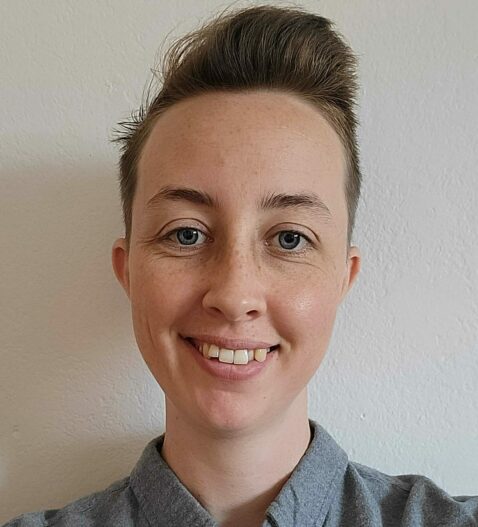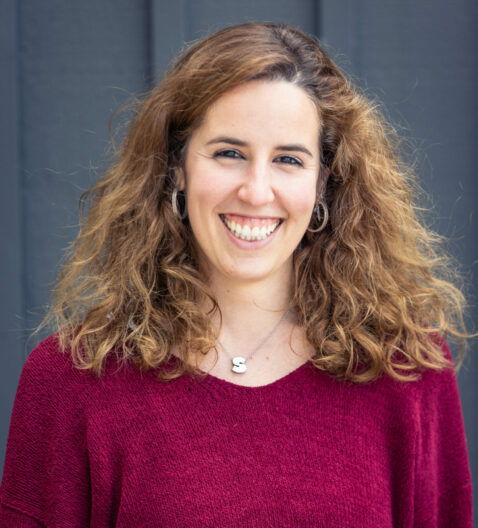
We are working on a technology, called in-vitro gametogenesis (IVG), that would give women the opportunity to have children well into their forties and fifties, eliminate barriers for couples suffering from infertility, and potentially allow male-male couples to have biological children.
Long term, this technology could be a critical platform allowing for widespread genetic screening of embryos. If proven safe, it could even eliminate and reduce the risk of devastating diseases for future generations – such as Alzheimer’s, heart disease and many different types of cancers.
This could become one of the most important technologies ever created.
We and others have shown that this technology works to make viable mouse eggs, and it can be used to make healthy, live mice. We are working on translating this technology to humans with the aim to make it a safe and accessible reproductive treatment.

Our current focus is to create a proof of concept human egg, and develop rigorous process optimization and quality control measures to ensure that the eggs are healthy.
We do not take the development of this technology lightly. Our hope is that it will one day be used to bring healthy kids into the world, so we must hold ourselves to very high safety and ethical standards. Our plan will be to work closely with scientific, regulatory and ethical experts to ensure this technology develops safely and responsibly.
To learn more about us, our mission, and approach you can read three features published by The New Yorker, National Public Radio (NPR), and MIT Technology Review.






































We believe we have created a highly effective and open research environment, where everyone is united by the same goal. We are working on a difficult problem, and we are neither encumbered by limited resources, nor a need for individual team members to focus in isolation on their own projects for their own publications.
We think this type of research company serves as a model environment for how research should be done, and we invite you to come see for yourself.

Help us differentiate pluripotent stem cells into complex cell types.
Help us with stem cell culture, maintenance, and differentiation.